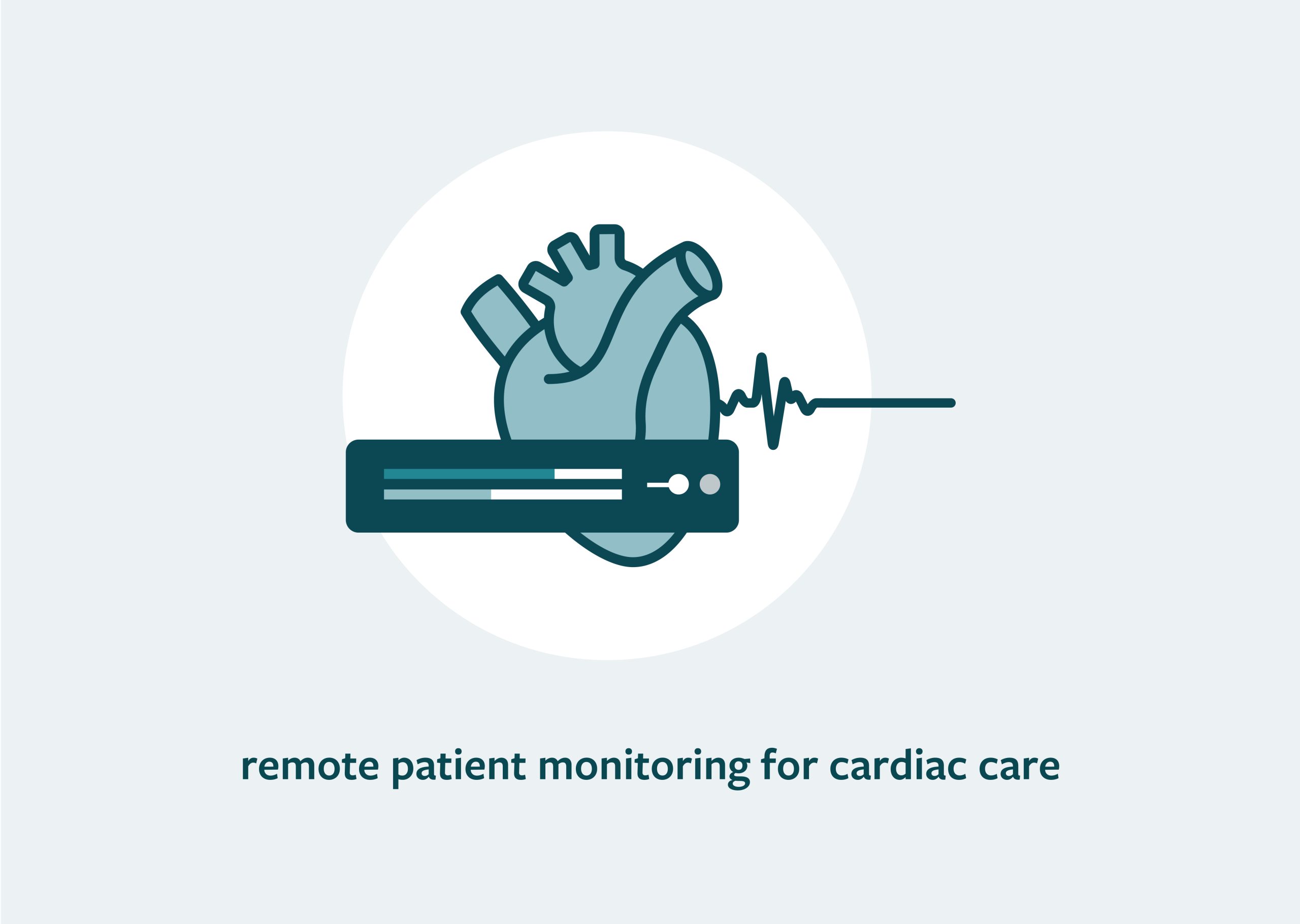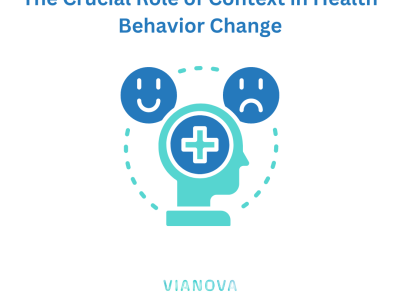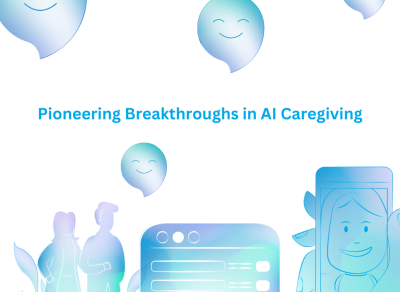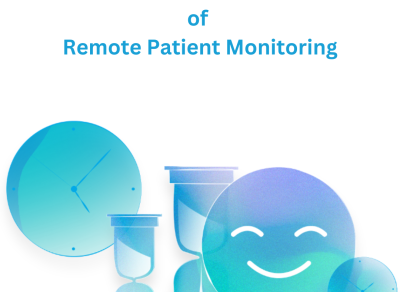
Revolutionizing Cardiac Care: The Power of Remote Patient Monitoring
Cardiovascular disease continues to cast a long shadow over American health, affecting millions and costing billions. The staggering statistics from the American Heart Association paint a grim picture – nearly half of all Americans grapple with some form of cardiovascular disease, resulting in a heart-related death every 36 seconds and an annual economic burden exceeding $360 billion. While high blood pressure and Atrial fibrillation add to the worrisome scenario, the healthcare landscape is evolving with innovative solutions at its core. Enter remote patient monitoring (RPM) – a game-changer that has the potential to revolutionize the management of chronic cardiac conditions, providing a lifeline for patients and a powerful tool for healthcare providers.
RPM: Bridging the Healthcare Gap
Remote patient monitoring, aptly dubbed RPM, introduces a paradigm shift in cardiac care. This pioneering approach harnesses the capabilities of connected devices to monitor patients’ health between doctor visits. Devices like blood pressure monitors, blood glucose monitors, and weight scales enable patients to measure their vital signs daily. The results are seamlessly transmitted to their healthcare provider’s software platform, allowing physicians to maintain real-time oversight of their cardiac patients’ well-being without necessitating frequent in-person visits.
Empowering Patients in Hypertension Management
High blood pressure stands as a significant contributor to cardiovascular disease, prompting the American Heart Association to advocate for home blood pressure monitoring. However, this practice can often place an overwhelming burden on patients. RPM steps in as a robust solution, automating the monitoring process and empowering patients to adhere to their care plans. This innovation not only simplifies the patient experience but also yields profound benefits, including reduced blood pressure levels, minimized medication requirements, and decreased risks of heart failure, stroke, and Atrial fibrillation. Furthermore, RPM fosters healthier lifestyle choices through proactive health coaching, fostering a more engaged patient population.
The transformational effects of RPM on hypertension management are well-documented. Clinical research demonstrates a consistent decrease in systolic and diastolic blood pressure levels among patients utilizing RPM. Additionally, a longitudinal study highlights the remarkable contrast between the RPM group and the routine care group – fewer heart attacks, strokes, stent placements, and heart failure hospitalizations after five years of RPM adoption.
Mitigating Heart Failure Risks
Heart failure, with its substantial mortality rate and hospital readmission risks, presents a critical challenge in cardiac care. RPM emerges as a beacon of hope, enabling early intervention through timely blood pressure monitoring. By detecting spikes in blood pressure or weight – an early indicator of heart failure exacerbations – clinicians can adjust treatment plans proactively, averting hospital admissions and enhancing patient outcomes. Research underscores the efficacy of remote monitoring, indicating reduced rehospitalization rates and improved patient satisfaction.
Pulse Rate Monitoring: A Holistic Approach
The benefits of RPM extend beyond blood pressure and heart failure management. Pulse rate monitoring holds the key to early detection of arrhythmias, beta-blocker overdose, anxiety, and more. By identifying irregularities in pulse rate, RPM empowers healthcare providers to take swift action, enabling timely adjustments in medication, additional testing, or even interventions like pacemaker implantation. The comprehensive insights offered by RPM not only contribute to better patient care but also support a more proactive and tailored approach to treatment.
As the Center for Medicare and Medicaid Services (CMS) champions innovative solutions to combat cardiovascular disease, remote patient monitoring emerges as a transformative force in cardiac care. The blend of cutting-edge technology and patient-centricity bridges the gap between patients and providers, facilitating real-time monitoring, timely interventions, and personalized care plans. The ripple effect of RPM extends beyond hypertension and heart failure management, offering holistic insights into patients’ well-being. With a burgeoning demand for virtual care and an unwavering commitment to patient outcomes, RPM paves the way for a new standard of cardiac care, heralding a future where prevention, intervention, and innovation converge to reshape the landscape of cardiovascular health.



FEEL FREE TO DROP US A LINE.